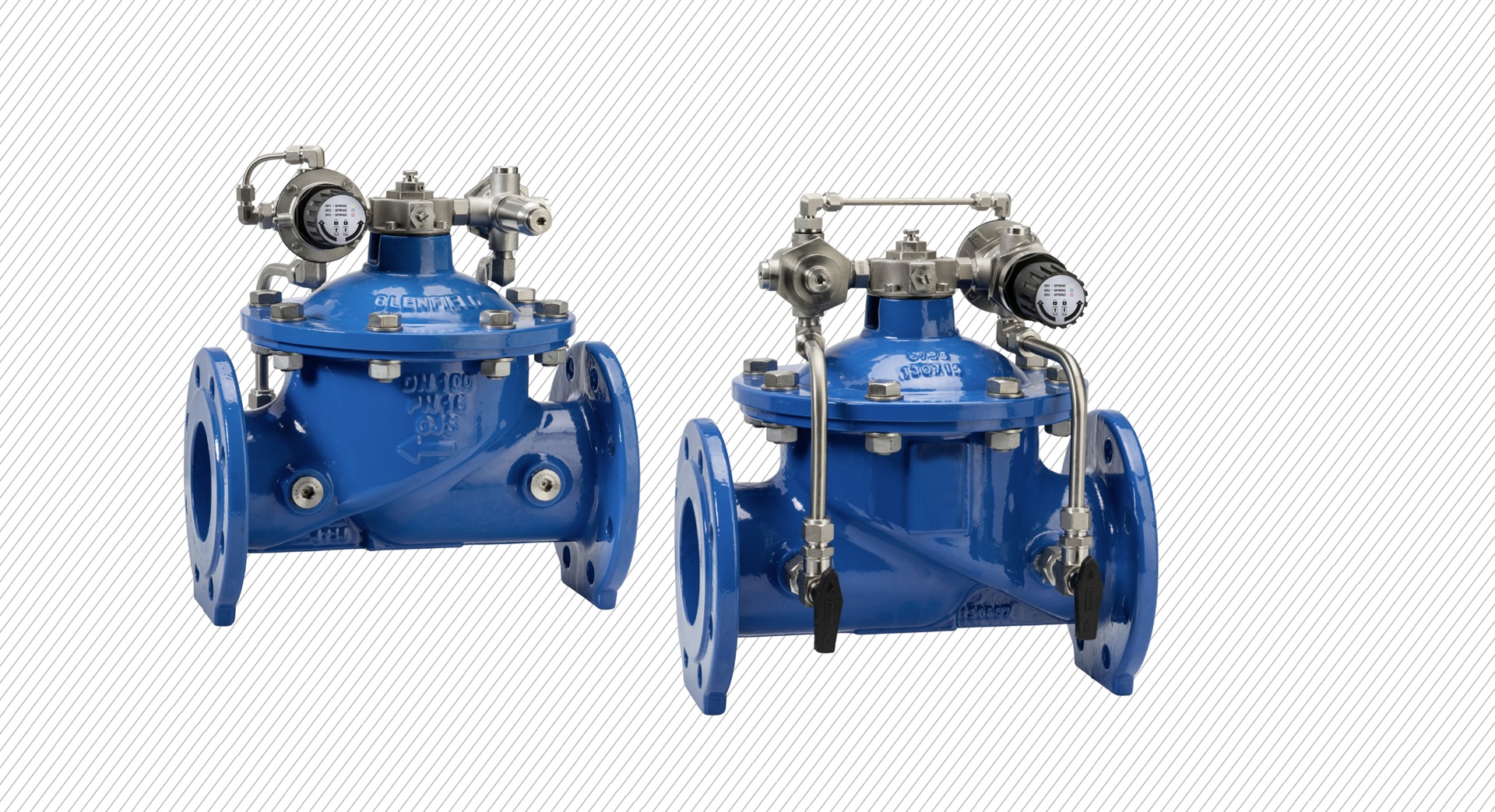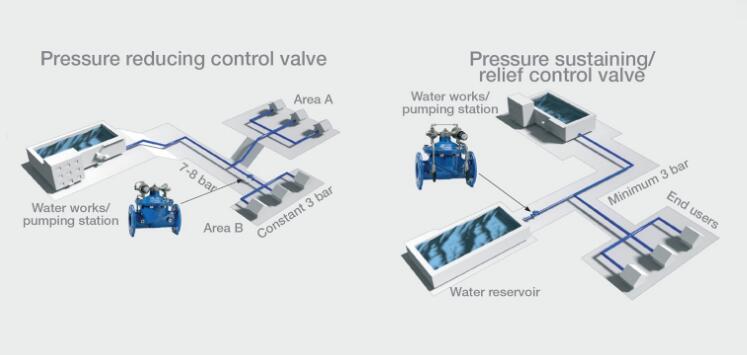
Why use control valves
Water is a scarce resource that we need to protect. We need to secure water for the next generations and a growing population. Control valves can help reduce water losses and contribute to efficient water supply management by maintaining a certain pressure, flow or level, regardless of changes in the supply network.
Implications of water loss
From an environmental perspective, significant amounts of precious water are lost, and the energy used to treat and distribute the water lost is wasted as well.
For water utilities, non-revenue water that has been produced but ¡°lost¡± before it reaches the customer through leaks, theft or metering inaccuracies is a source of unwanted cost.
How control valves can help
Automatic control valves are used to obtain efficient pressure and flow management resulting in:
Reduced water loss through leakages
Reduced risk of water hammer and pipe bursts
Less disruption to consumers
Minimized risk of contamination
Savings for water companies

About pressure reducing control valves
A pressure reducing control valve automatically reduces a higher inlet pressure to a lower outlet pressure regardless of changes in flow rate or inlet pressure.
The pressure reducing pilot senses the outlet pressure through the connection on the valve outlet port. Under flowing conditions, the pressure reducing pilot reacts to small changes in the outlet pressure, controlling the valve position by modulating the pressure in the control chamber. When the outlet pressure changes according to the set-value of the pilot, the pilot modulates to ensure pressure control.
Example: The pressure is 7-8 bar, which is appropriate to supply the consumers in area A but too high for the consumers in area B. Therefore, a pressure reducing control valve is installed to reduce the pressure to 3 bar in area B.
About pressure sustaining/relief control valve
A pressure sustaining control valve automatically maintains a minimum preset inlet pressure by relieving excess pressure, regardless of changes in flow rate.
The pressure sustaining pilot reacts to small changes in the inlet pressure, controlling the valve position. If the inlet pressure falls below the set point, the main valve closes or modulates to ensure a minimum inlet pressure. The sustaining valve holds a minimum back pressure on the inlet and normally allows flow. The relief valve normally remains closed and only opens when pressure exceeds a pre-determined set-point.
Example: When the water reservoir fills, the pressure drops, leaving the consumers without water. Therefore, a pressure sustaining control valve is installed to maintain the pressure for the consumers.



